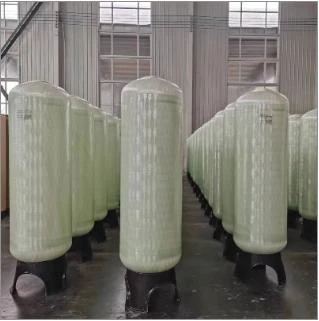loading...
- No. 9, Xingyuan South Street, Dongwaihuan Road, Zaoqiang County, Hengshui, Hebei, China
- admin@zjcomposites.com
- +86 15097380338
- Welcome to visit our website!
frp grating price
Understanding the Price of FRP Grating Factors That Influence Cost
Fiber Reinforced Polymer (FRP) grating is a versatile and durable material used in a variety of applications, from industrial settings to commercial buildings. Its unique properties, such as resistance to corrosion, lightweight structure, and high load-bearing capacity, make it an increasingly popular choice for many projects. However, one of the primary considerations for purchasers is the price of FRP grating. Understanding the factors that influence its cost can help buyers make informed decisions.
The Composition of FRP Grating
FRP grating is made from a composite material that includes a polymer matrix and reinforcing fibers, typically glass or carbon. The cost of raw materials is a crucial factor that affects the final price. High-quality fibers and resins can significantly increase production costs, but they also enhance the performance characteristics of the grating. As a result, customers looking for high-strength or specialized grating may find that they need to pay a premium for enhanced materials.
Manufacturing Processes
The methods used in manufacturing FRP grating also play a significant role in determining its price. There are various production techniques, including pultrusion, hand lay-up, and filament winding. Each of these methods has different cost implications, as they require varying levels of labor, technology, and time. Pultruded FRP grating, for example, tends to be more uniform and has better mechanical properties but can also be more expensive due to the complexity of the manufacturing process.
Size and Customization
frp grating price

The dimensions and specific requirements of the FRP grating often affect the price as well. Standard sizes and shapes are generally less expensive than customized solutions. When customers require specific dimensions, load ratings, or colors, the cost typically increases. Furthermore, the level of customization desired—such as the inclusion of serrated surfaces or different resin types—can also lead to a significant price variation.
Market Demand and Competition
Like any commodity, the pricing of FRP grating is influenced by market demand and competition. In regions where FRP grating is in high demand, prices may rise, especially if suppliers face increased production costs. Conversely, if there are multiple manufacturers competing for customers, prices may decrease as companies look to attract buyers. Seasonal fluctuations can also impact pricing; for example, demand may spike during certain times of the year when construction projects are more common.
Shipping and Installation Costs
In addition to the base price of FRP grating, it’s essential to consider additional costs such as shipping and installation. Due to the lightweight nature of FRP, transportation costs may be lower than those of traditional materials; however, location plays a critical role. Grating that needs to be shipped long distances can incur additional freight charges. Furthermore, installation costs can vary greatly depending on the complexity and location of the project, potentially adding to the overall expense.
Conclusion
The price of FRP grating is influenced by several interrelated factors, including raw material costs, manufacturing processes, customization needs, market dynamics, and additional logistical expenses. Understanding these factors can empower buyers to make informed decisions and choose the right FRP grating solutions that fit their specific needs and budget. While thorough research and price comparisons are crucial, it's equally important for purchasers to consider the value derived from high-quality materials and appropriate applications, as these considerations can lead to better long-term performance and cost savings.
-
The Rise of FRP Profiles: Strong, Lightweight, and Built to LastNewsJul.14,2025
-
SMC Panel Tanks: A Modern Water Storage Solution for All EnvironmentsNewsJul.14,2025
-
GRP Grating: A Modern Solution for Safe and Durable Access SystemsNewsJul.14,2025
-
Galvanized Steel Water Tanks: Durable, Reliable, and Ready for UseNewsJul.14,2025
-
FRP Mini Mesh Grating: The Safer, Smarter Flooring SolutionNewsJul.14,2025
-
Exploring FRP Vessels: Durable Solutions for Modern Fluid HandlingNewsJul.14,2025
-
GRP Structures: The Future of Lightweight, High-Performance EngineeringNewsJun.20,2025
